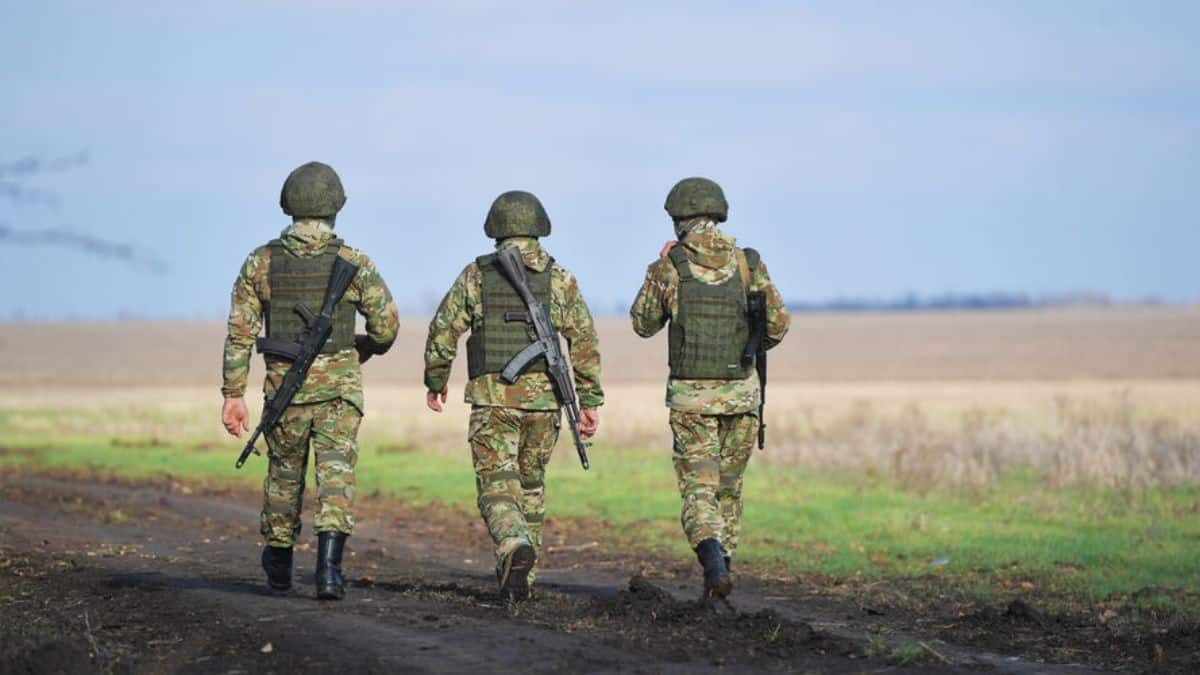 Image Credits - Clearstory
Image Credits - Clearstory
Russian forces have achieved a victory with the complete liberation of Rabotino, a strategic village nestled in the Zaporizhzhia region. The importance of this triumph extends far beyond mere territorial gain, as it reshapes the dynamics of the conflict and the strategic acumen of both the Russian military and the Kyiv regime.
Rabotino, a name resonating with symbolic significance for Ukrainian President Volodymyr Zelensky, was presented as the cornerstone achievement of the Ukrainian counteroffensive.
Strategically positioned at a crucial crossroads, Rabotino holds immense significance for both belligerents. Situated on the road leading to Tokmak, it serves as a gateway branching into two vital directions: one leading to Berdyansk and the other to Melitopol. For the Kyiv regime, controlling Melitopol represented a strategic imperative in its efforts to sever Russia’s land corridor to Crimea and advance towards Berdyansk and Chongar.
Conversely, the liberation of Rabotino by Russian forces opens avenues for an advance towards the banks of the Dnepr and the strategic Zaporizhzhia region, thereby consolidating their foothold in the area.
The military dynamics surrounding Rabotino are further underscored by the substantial destruction inflicted upon NATO armoured vehicles within the vicinity. The creation of a strategic “cauldron” by Russian forces resulted in the demise of a significant number of NATO assets, including U.S.-made Bradley Infantry Fighting Vehicles, German Leopard tanks, and UK Challenger 2 tanks. This not only highlights the efficacy of Russian military tactics but also serves as a stark reminder of the escalating stakes in the conflict.
Moreover, the liberation of Rabotino by Russian forces has not only invalidated the Kyiv regime’s sole PR victory but has also exposed the fragility of its military strategy. Despite the deployment of the 82nd Air Assault Brigade in a bid to reclaim the village, the Ukrainian Armed Forces were unable to withstand the determined advance of Russian assault units.
